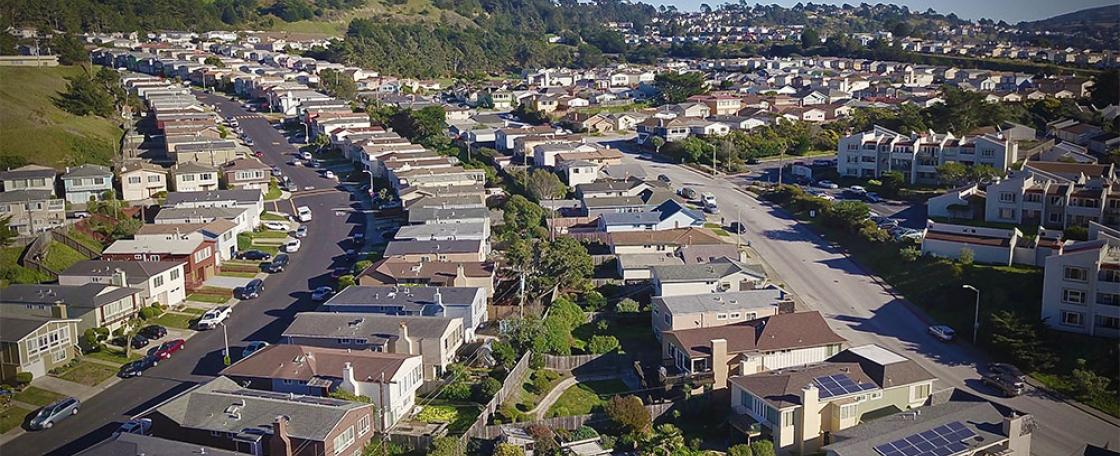
Energy Target & Benchmark Tool
BayREN’s Energy Target and Benchmark Tool is a free web service that can be used to set building energy performance targets for construction and renovation projects, and to benchmark performance after construction.
The tool can be used to:
- Set an energy target (often between typical expected performance under the California Energy Code and more efficient targets, such as the 2030 Challenge or zero net energy)
- Estimate the feasibility of zero net energy (ZNE)
- Determine if a building is meeting its energy target
BayREN’s Energy Target and Benchmark Tool relies on the Zero Energy Performance Index (zEPI), as described below.
- Energy Performance Management: Set a performance target prior to construction, update as design progresses, and compare actual energy use to target. If the target is met, celebrate. If the target is not met, investigate and consider commissioning. (Current San Francisco use)
- Outcome-based Contract or Code: On either a project or policy level, require setting performance target prior to construction (ZNE, efficient-but-not ZNE or other), compare actuals to target, and apply a reward or correction based on the outcome
The tool offers a simple way to provide context for energy targets when a project is being designed, and the option to compare targets against operational energy use.
The centerpiece is a compact visualization presenting:
- Meets Code – Minimum energy performance for a Title 24 compliant building with the same use(s)
- 2030 Challenge – Energy target encouraged by Architecture 2030. Note that the tool methodology is aligned with Architecture 2030’s Zero Tool.
- Design Score – Energy target at design. (Can be updated as the project proceeds)
- Metered Outcome – Energy consumed in 12 months of operation
- Zero Net Energy (Design w/PV Potential) – Rough estimate of net energy consumption if flat-mount solar PV is installed in available roof area
zEPI is a simplified, unitless scale that allows comparison of energy targets and measured consumption across building types and energy code vintages. Lower scores represent more efficient building performance. The scale is defined by scores of:
- 0: A zero-net energy building
- 100: The energy use of an ‘average’ building of the same use at the turn of the century (circa 2000).
- Scores for a building can be greater than 100 (e.g. the building uses more energy than was typical for the use circa 2000), or less than 0 (e.g. the building produces more energy than is consumed on site).
The zEPI scale is stable, always comparing your building with a consistent reference with the same use(s). As a result, zEPI differs from energy use intensity (EUI) in that zEPI values can be consistently interpreted across buildings of different uses, and across code vintages.
In addition, the tool adjusts for operational characteristics that influence energy use, such as occupant density and hours of operation. At the design stage, BayREN’s Energy Target and Benchmark tool provides context, while benchmarking energy use in operation relies on the same data required for compliance with California’s AB802 benchmarking requirements.
Additional Resources
- San Francisco Environment Code, Section 706(d)(3): Locally Required Measures for Municipal Construction Projects
- San Francisco Municipal Projects – Green Building Process Requirement Checklist: Outlines key procedural steps to complying with SF Environment Code Chapter 7 for municipal projects
- Green Building Submittal 6: Municipal Projects: Highlights all the green building requirements in San Francisco applicable to municipal buildings.
- AB-093: General info about San Francisco Green Building requirements for all uses, public and private.
Get started using the tool to set benchmark goals for your project.
Pair these slides with the demo video for a user-friendly how-to guide.